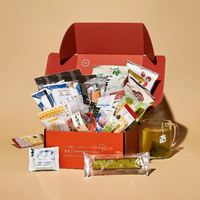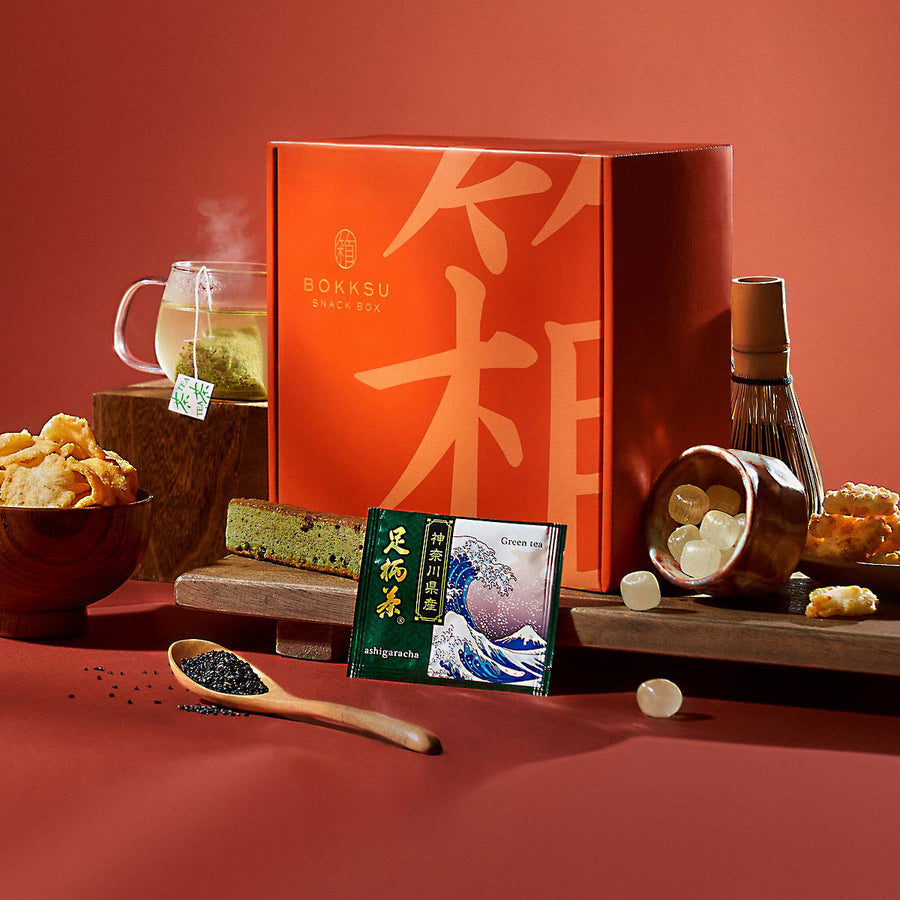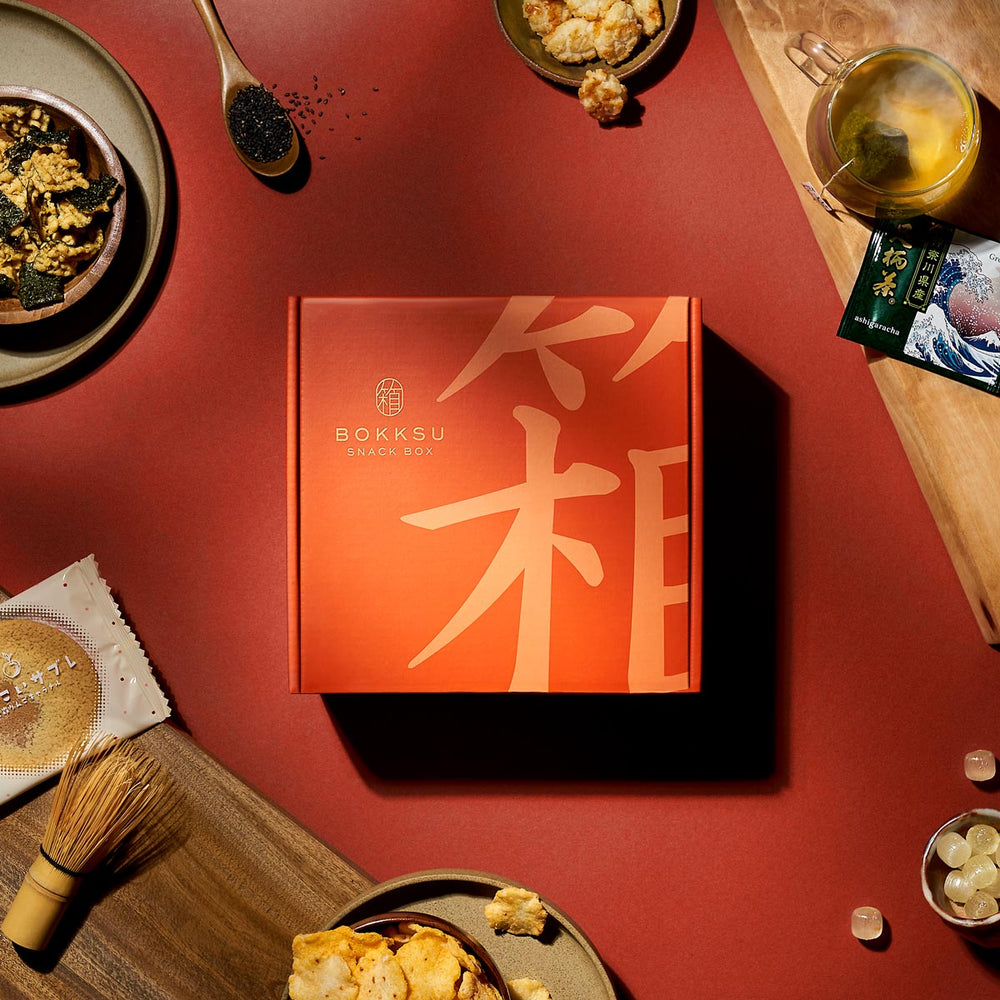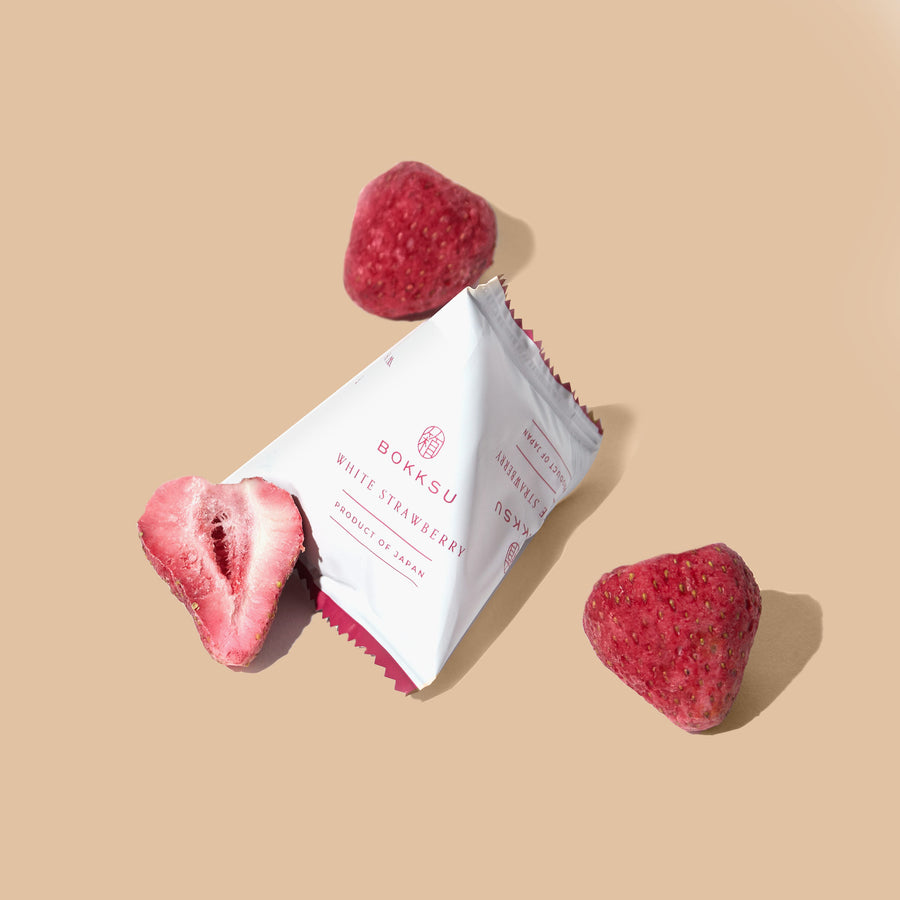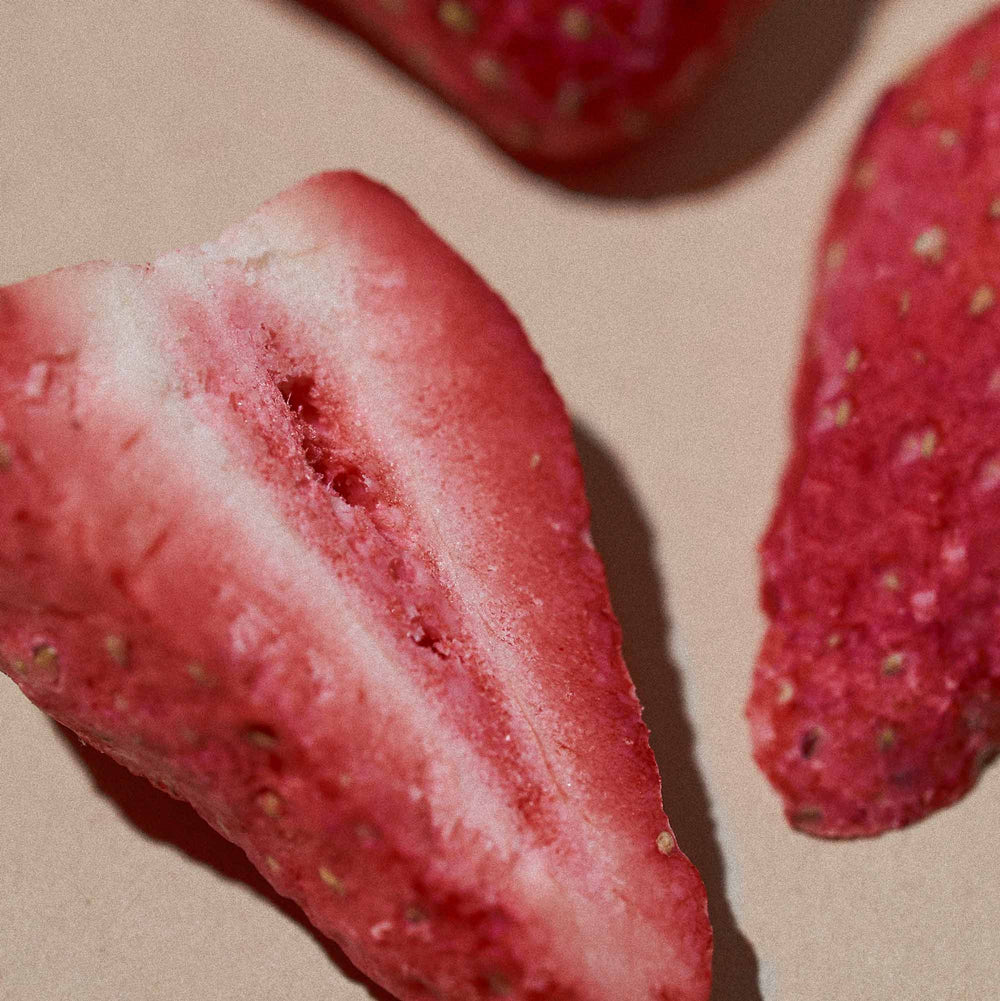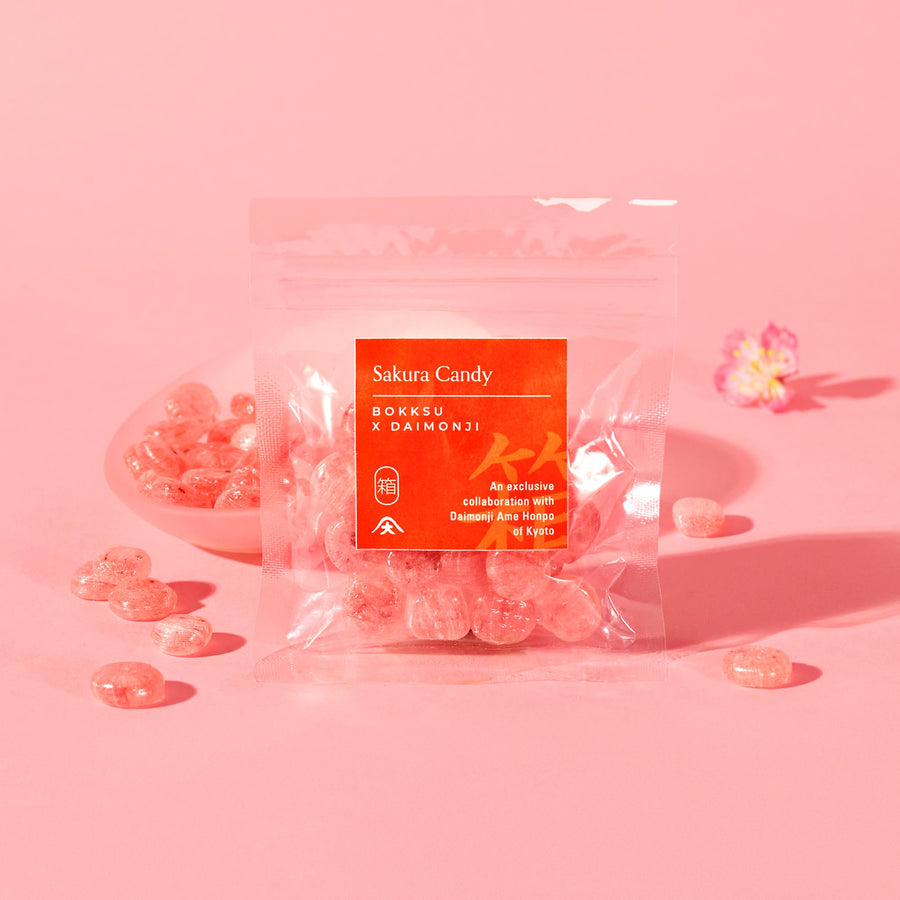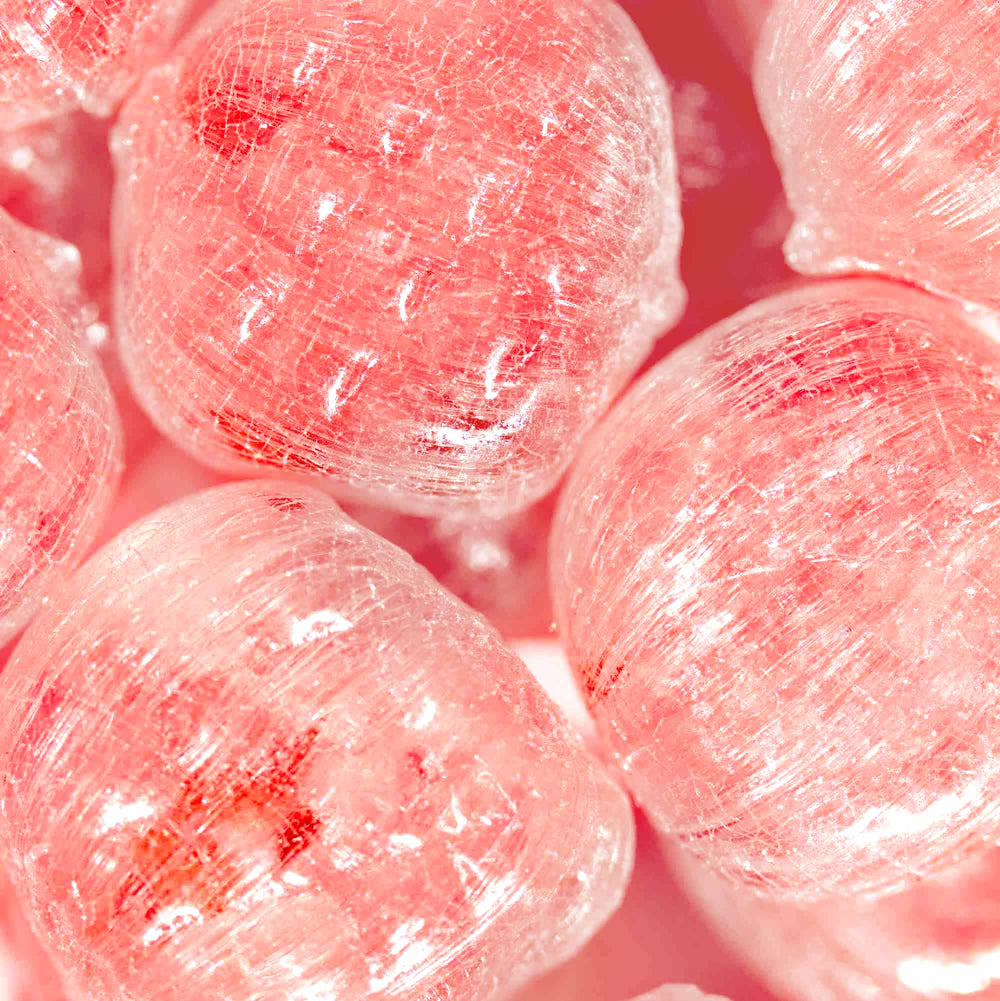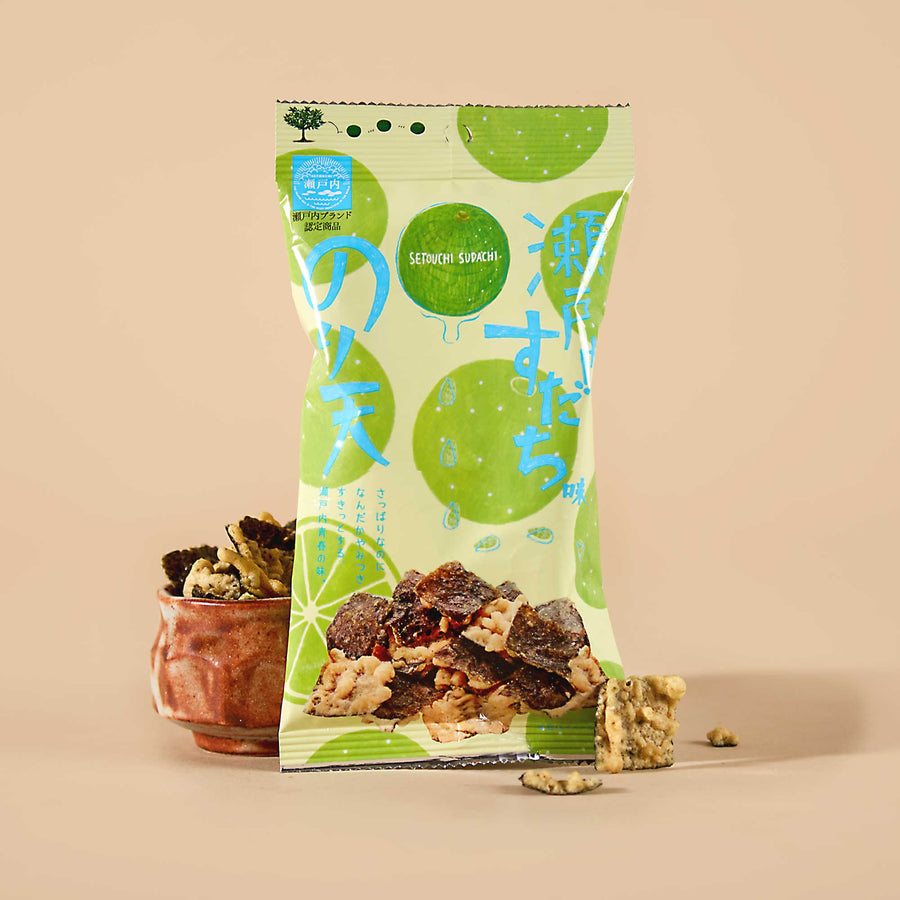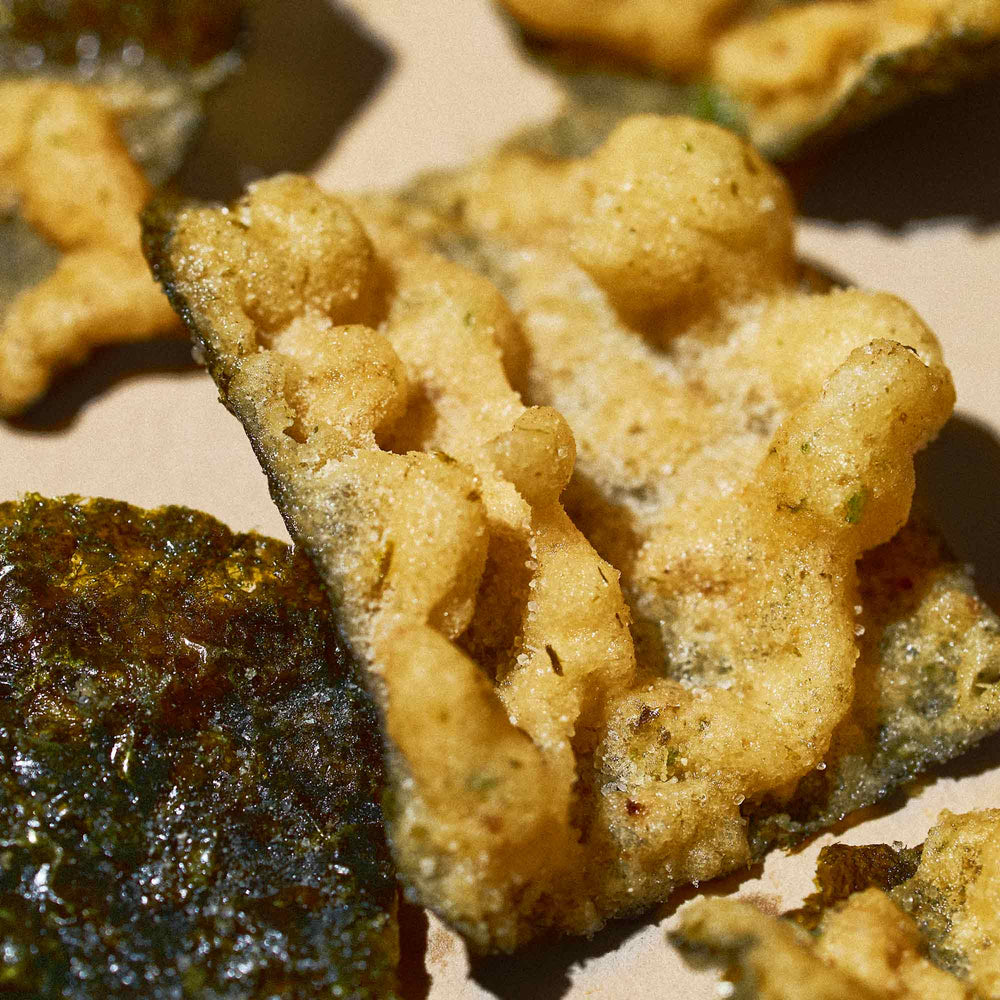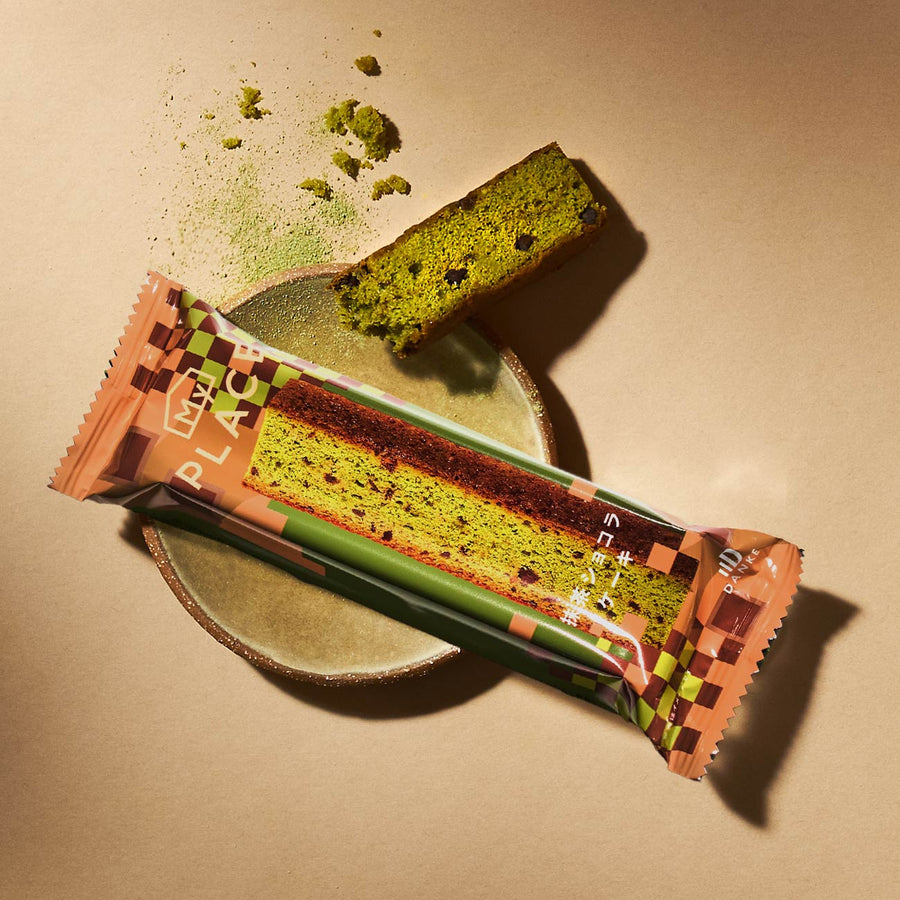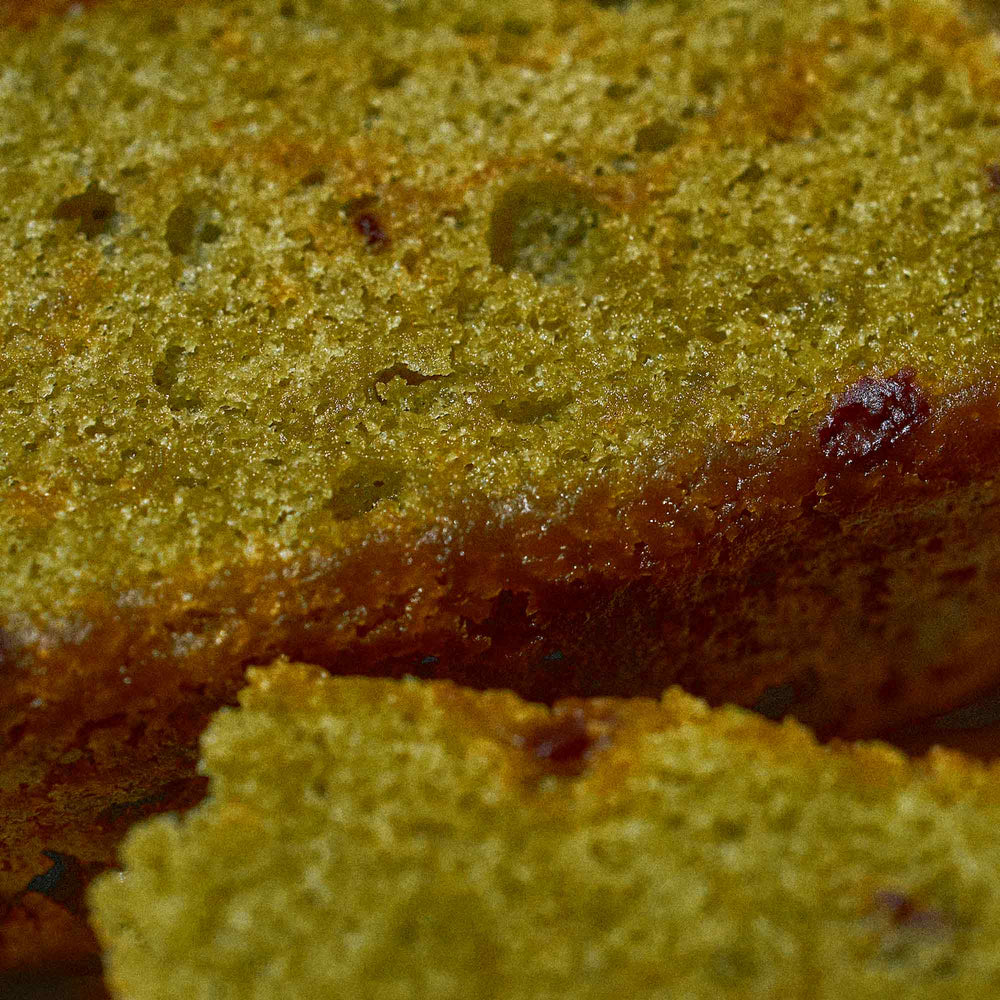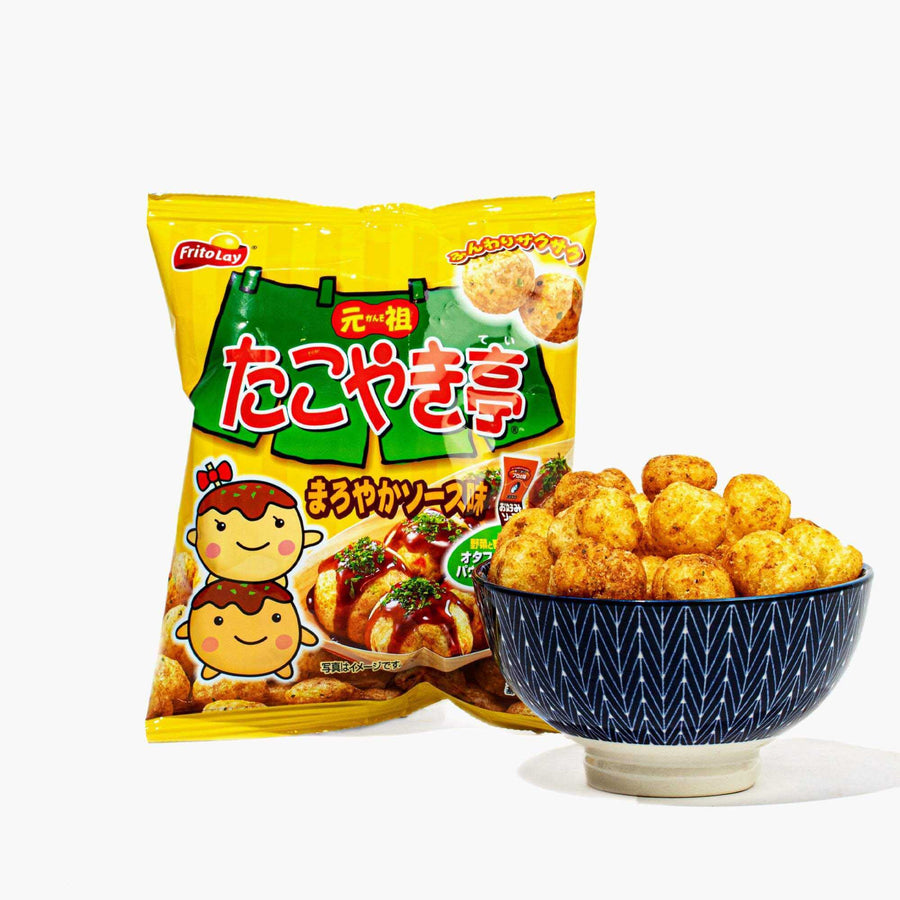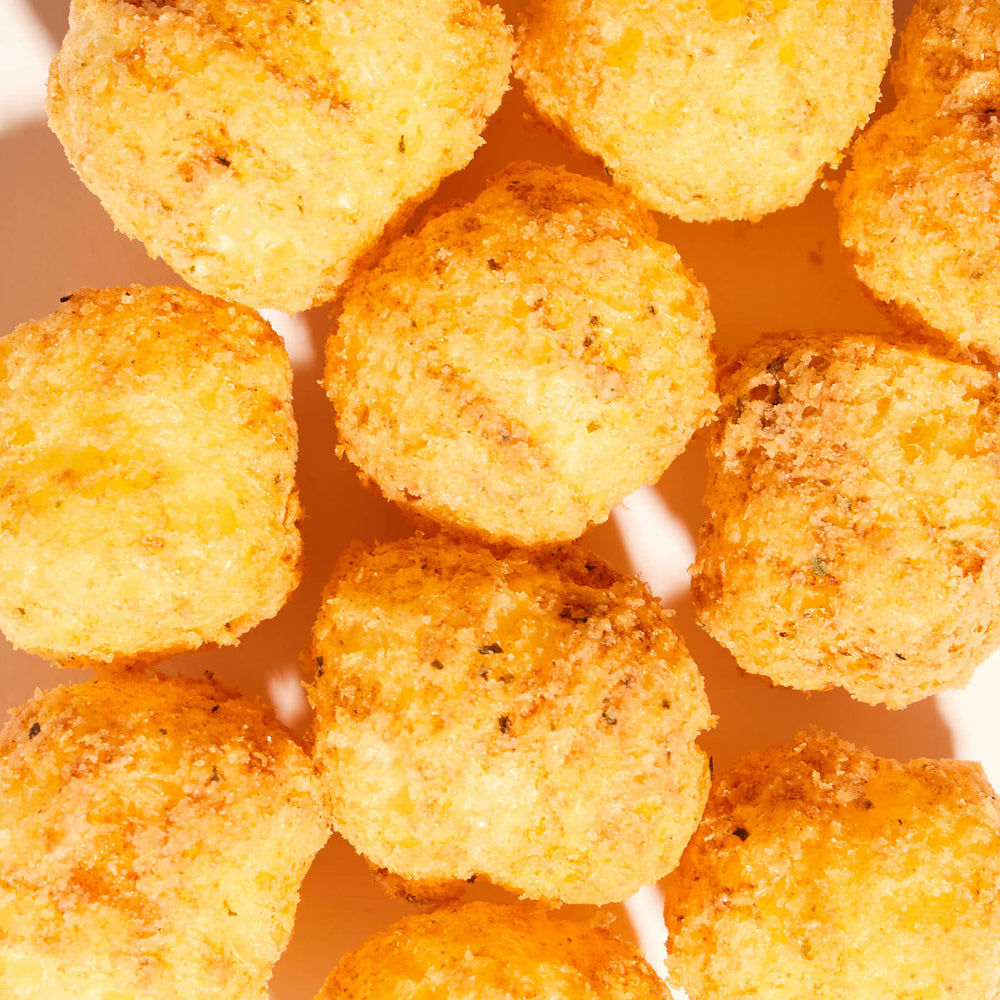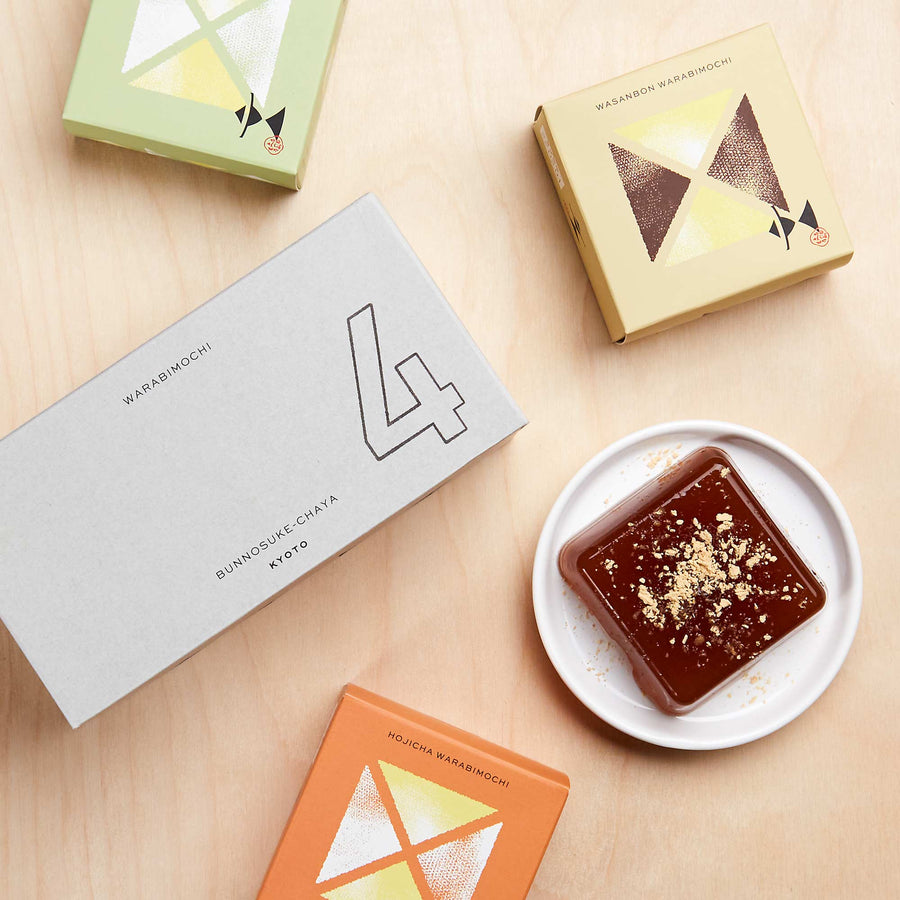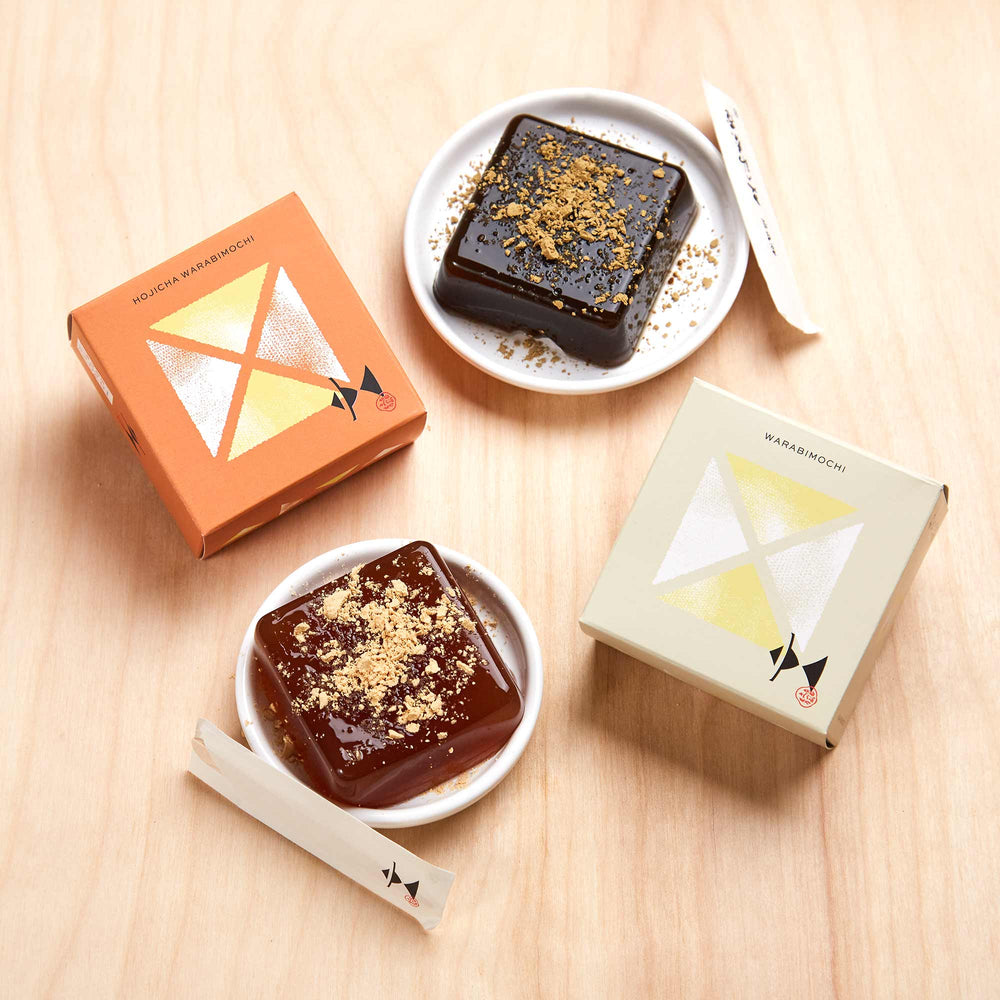How Long Is Mochi Good For? (Plus, How to Store Mochi Treats!)

Mochi is a deliciously chewy Japanese rice cake that is often served sweet or savory, making it a versatile dish that's beloved by many. If you're new to mochi, you may have questions, such as how long is mochi good for. Or how to store leftover mochi. It's essential to know about proper storage techniques, as mochi is a food that can go bad and gather mold quite quickly.
This guide will teach you everything you need to know about these glutinous rice balls.
So, How Long is Mochi Good For?
Mochi is good for anywhere from one day up to a few months, depending on the type you purchase and the storage method used. Fresh homemade mochi typically must be eaten within a day. Fresh mochi from the store has a longer shelf-life if refrigerated and can last up to a week. Mochi ice cream can be kept in the fridge for a few months, usually until the best-by date. Freezing mochi can also extend its life, whether fresh, store-bought, or filled with ice cream.
How Long Does Fresh Mochi Last?
Fresh mochi and homemade mochi can get hard/go bad quickly. It’s best to consume it within 1-2 days if you leave it at room temperature. Otherwise, you can extend its life by storing mochi in the fridge.
How Long Does Fresh Mochi Last in the Fridge?
Fresh rice cakes can typically last in the fridge for about four weeks. It’s necessary to store mochi in an airtight container to help keep it from drying out or cracking. You can also put fresh mochi in the freezer for up to three months.
How to Store Mochi and Mochi Ice Cream

It's safe to assume that mochi should go in the fridge or freezer regardless of the variety you purchase. Any mochi balls without ice cream should be consumed within 24 hours, refrigerated, or frozen. Mochi ice cream should be immediately frozen to help keep the ice cream filling intact. Always pay attention to the best-by date when considering if mochi is still good to eat.
How Many Mochi Should You Eat?

There is not a specific amount of mochi that's better than another. If you're concerned about eating a healthy diet, enjoying mochi in moderation is a great option. You can also go by the recommended serving sizes on each package.
How to Soften Fresh Mochi That's Gone Hard
There are a few ways to soften hard, leftover mochi. You can try boiling it to help turn the mochi soft again. If that's not an option, you can also create fried mochi, a crunchy, equally delicious option. Of course, microwaving this treat can work too. You'll need to put the hardened mochi in a bowl with a small amount of water, then microwave it for a few seconds at a time until it has softened.
Does Mochi Go Bad?
If you accidentally let mochi sit on the counter for too long, there’s a good chance the mochi has gone bad. There are a few cues that you'll want to toss out the mochi. When mochi has mold, a bad smell, or changes color, these are clear signs that it has gone bad and should not be consumed. It's important to always check your mochi before biting into it or serving it to guests.
Types Of Mochi
Many types of mochi exist, from kiri mochi - a shelf-stable option to warabi mochi, a jelly-like mochi confection. Below are a few of the types of mochi available.
Kiri Mochi

Kiri mochi is a savory, plain mochi that's also shelf-stable. It typically comes individually wrapped and has a hard texture. This type of mochi needs to be softened before consumption. You can bake, fry, grill, or even turn it into chips.
Kusa Mochi

This springtime treat is made with glutinous rice flour and mugwort paste to create a unique, green sweet treat. Typically, this mochi is available plain or with other tasty fillings, like red bean paste. It is thought this type of mochi has been eaten since the Heian era, originally as a treat for noble people.
Sakura Mochi
This delightful pink mochi is typically made for the sakura (cherry blossom) season each spring. It has a sweet red bean paste and is usually served with a sour and salty pickled sakura leaf. There are two ways this mochi is made; one includes broken rice grains, while the other uses sweet glutinous rice flour. Each style is typical of a different section of Japan.
Warabi Mochi

This traditional Japanese dessert is made not from glutinous rice but from fern starch. It has a unique texture similar to jello and is typically covered in roasted soybean flour (kinako), like this Warabi Mochi Gift Set. Most often, these mochi are served chilled for a more refreshing taste.
Hishi Mochi

This three-colored Japanese rice cake is typically served during Hinamatsuri, a celebration that revolves around prayers and well wishes for young girls. Their typical colors are red, white, and green (from top to bottom). This mochi has a distinct diamond shape. Depending on the region of Japan, you may see hishi mochi with more or fewer colors.
Mizu Shingen

You may recognize this type of mochi by its other name - a raindrop cake. It has a jelly-like consistency and looks like a clear raindrop. The cake itself has little flavor since it's made from agar agar powder, water, and sugar. The main source of flavor for this option is the syrup or kinako powder put on top.
If you're unsure which mochi you want to try first, you can always opt for a Discover Mochi Variety Pack, which contains various flavors and mochi options. Or, subscribe to a Bokksu Japanese Snack Box for a fun variety of mochi balls and other tasty treats. Bokksu has an excellent selection of mochi, from warabi to daifuku. Try Bokksu's mochi options and see which ones are your favorite!
\
Author Bio








